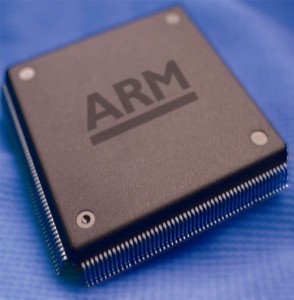This is a sponsored post. To find out more about sponsored content on Technology Bloggers, please visit our Privacy Policy.
In the modern era, businesses must adapt to market conditions in order to sustain their profitability. Optimization is achieved through conservation of time, budget and human resource. Enterprises can thrive by the input of information systems that consist of various components such as data mining, remote software usage and business utility tools.
Such an impetus not only allows existent businesses to prosper, but also allows emerging enterprises to profit from technological intervention. A good example in this regard is that of Geometry Information Systems, which is pushing space scientists to enter the business market. The system is focused on planetary mapping, remote sensing and data mining.
Business Process Optimization
System administration
Modern businesses have a prerequisite of strong IT driven systems. Remote systems aid the management process of ‘system administration’.
This is because system administration is concerned with relaying information, and can be a major time constraint. A remote system allows one system admin to manage even hundred computer systems in distant offices.
Interconnectivity
 Businesses utilize interconnectivity for effective communication, but it can be a challenge as well. Effective interconnectivity is made possible through remote connectivity.
Businesses utilize interconnectivity for effective communication, but it can be a challenge as well. Effective interconnectivity is made possible through remote connectivity.
The expansion of communication means that the enterprise needs to be in contact with more people than before. Telecommuters, who work remote from anywhere, serve as a communication conduit.
Consumer engagement
Consumer engagement and remote support are directly proportional. The Accenture Global Consumer Survey indicates that retention of customers has become difficult owing to the multiple options they have. More than 65% of the consumers agreed that they tend to change services when they are not satisfied with the communication feedback. In such models, the communication has to be instantaneous and, more importantly, useful.
Remote support means that the client engagement is conducted in a rapid manner without spending extra on human resources. Since the communication can be engaged from any digital interface, travel costs are also reduced.
Outsource service management
The current business model relies a lot of outsource services. And software is necessary to create efficient systems that don’t require extra man power. A study model suggests that outsourcing within businesses and IT tools, such as remote software, allow optimal profit.
The idea is that non-core businesses can be outsourced, while core businesses can remain in contact with non-core using a remote control solution. Such a model also enhances the ‘technology ability’ of a company, which is an important indicator for many businesses.
Increasing value of human resource
Usage of remote systems allows enterprises to improve the quality of their human resource without extra cost. The World Business Council for Sustainable Development has generated a good model with their ‘Business Ecosystems Training’ program.
Programs such as these allow businesses to up-to-date their employees on latest technological improvement on a remote basis. Furthermore, the sense of sustainable profitability is also inculcated in employees, increasing their value. Such initiatives have been taken by the likes of Monsanto, an agriculture technology giant.
Remote systems are increasingly impacting business activities. Their usage allows not only a competitive edge but also helps businesses enhance the quality of their services. By maintaining a smoothly functioning communication management infrastructure, over time the profitability of the business is also enhanced.
